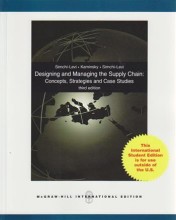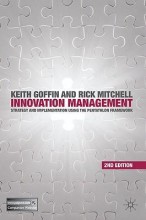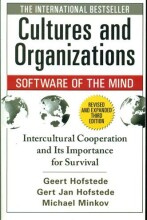Supply Chain Integration - Push, pull and push-pull systems - Pull-based supply chain
3 important questions on Supply Chain Integration - Push, pull and push-pull systems - Pull-based supply chain
What is a pull-based supply chain?
In a pure pull system, the firm does not hold any inventory and only responds to specific orders. This is enabled by fast information flow mechanisms to transfer information about customer demand.
In a typical pull-based supply chain, we see a significant reduction in system inventory level, enhanced ability to manage resources, and a reduction in system costs when compared with the equivalent push-based system.
Why are pull systems intuitively attractive?
- A decrease in lead times achieved through the ability to better anticipate incoming orders from retailers.
- A decrease in inventory at the retailers since inventory levels at these facilities increase with lead times.
- A decrease in variability in the system and, in particular, variability faced by manufacturers due to lead-time reduction.
- Decreased inventory at the manufacturer due to the reduction in variability.
What are the difficulties with a pull-based supply chain?
- Pull-based systems are often difficult to implement when lead times are so long that it is impractical to react to demand information.
- It is frequently more difficult to take advantage of economies of scale in manufacturing and transportation since systems are not planned far ahead in time.
The question on the page originate from the summary of the following study material:
- A unique study and practice tool
- Never study anything twice again
- Get the grades you hope for
- 100% sure, 100% understanding
































